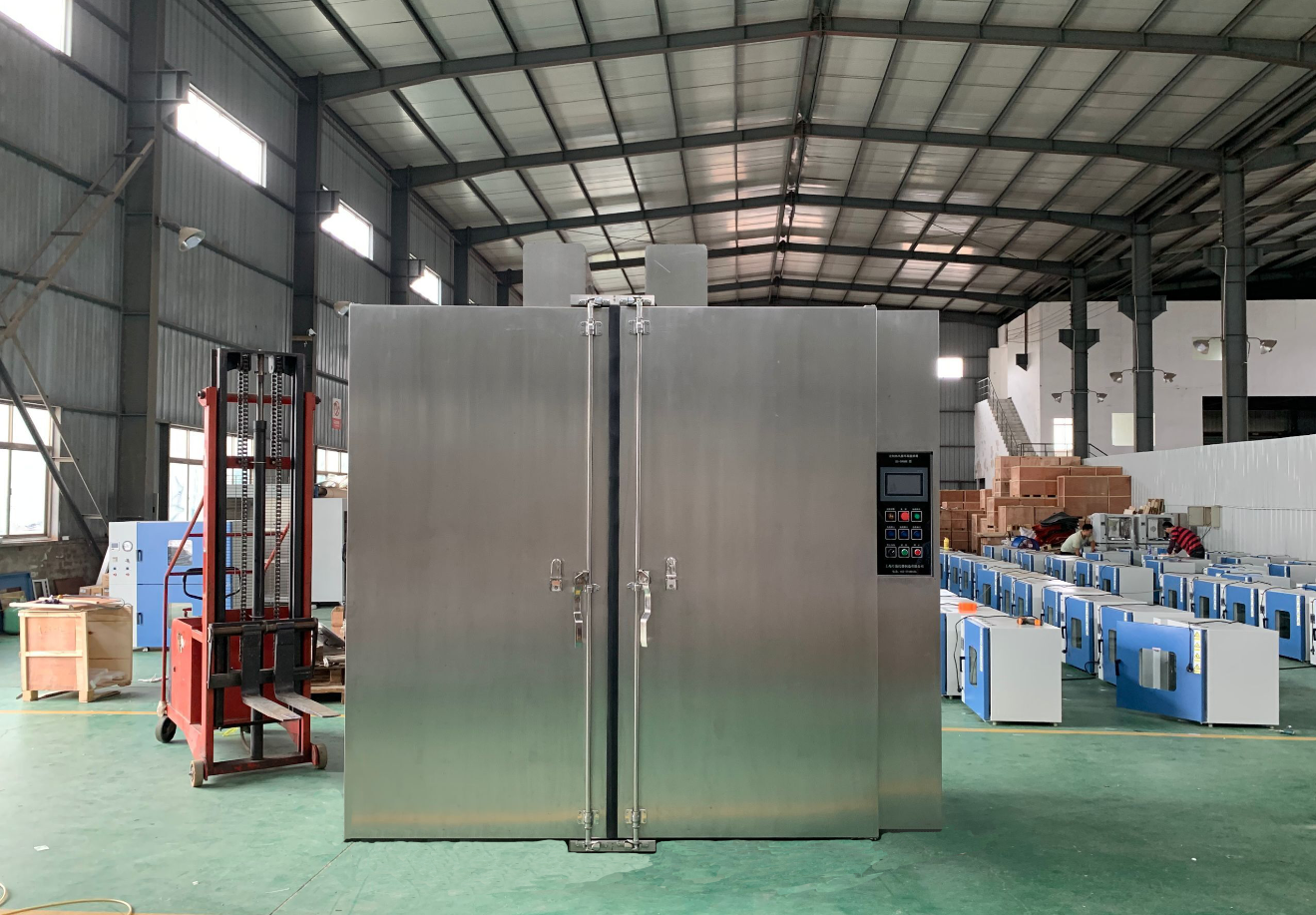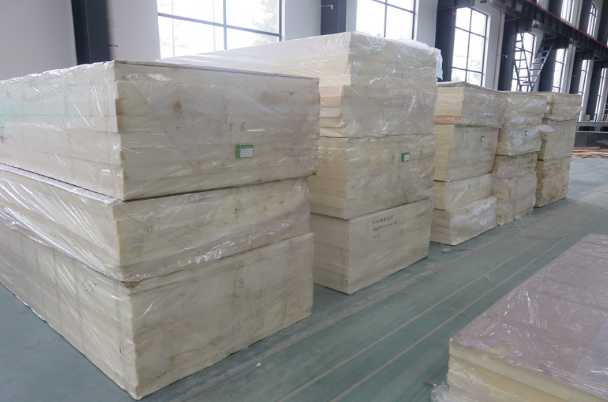
- English
- Español
- Português
- русский
- Français
- 日本語
- Deutsch
- tiếng Việt
- Italiano
- Nederlands
- ภาษาไทย
- Polski
- 한국어
- Svenska
- magyar
- Malay
- বাংলা ভাষার
- Dansk
- Suomi
- हिन्दी
- Pilipino
- Türkçe
- Gaeilge
- العربية
- Indonesia
- Norsk
- تمل
- český
- ελληνικά
- український
- Javanese
- فارسی
- தமிழ்
- తెలుగు
- नेपाली
- Burmese
- български
- ລາວ
- Latine
- Қазақша
- Euskal
- Azərbaycan
- Slovenský jazyk
- Македонски
- Lietuvos
- Eesti Keel
- Română
- Slovenski
- मराठी
- Srpski језик
Application of forming technology in processing
Forming technology is an important manufacturing process that processes raw materials into specific shapes or sizes to meet design and functional requirements. This process is widely used in the manufacture of various industrial products, especially in the home appliance industry.
1. Overview of forming process
Forming processes include a variety of methods, such as stamping, extrusion, die casting, injection molding, etc. These processes change the shape and properties of materials by applying external forces, and are mainly used to produce high-precision and high-strength parts. The choice of forming process usually depends on the materials used, product design, production scale, and economic requirements.
2. Application of forming process in home appliances
2.1 Forming process of oven shell
Material: Oven shells are usually made of stainless steel or aluminum alloy. These materials have good heat resistance and corrosion resistance, which can ensure the stability and durability of the oven in high temperature environments.
Process: The forming process of the oven shell mainly includes stamping and deep drawing. First, the flat material is cut into a preliminary shape by a stamping process, and then the material is further stretched into a complex shell shape by a deep drawing process.
Material thickness: Stainless steel shells usually use a thickness of 0.8-1.2 mm to ensure sufficient strength and durability.
Stamping pressure: The pressure range of the stamping process is usually between 1000-3000 tons, depending on the thickness of the material and the complexity of the shell.
Forming accuracy: The dimensional tolerance of the shell is usually controlled within ±0.5 mm to ensure the precise assembly of each component.
Application effect: Provide good heat and corrosion resistance to ensure long-term use of the oven.
Ensure the smooth and beautiful surface of the shell to improve the market competitiveness of the product.


2.2 Forming process of refrigerator insulation board
Material: Refrigerator insulation board generally uses polyurethane foam (PU foam) or polystyrene (EPS) as the main material, which has excellent thermal insulation performance.
Process: The forming of the insulation board is mainly carried out by injection molding or molding process. Polyurethane foam material is formed by injecting raw materials into the mold and foaming at high temperature to form a board with good thermal insulation performance.
Parameter example:
Board thickness: The thickness of the insulation board is generally 30-50 mm, depending on the design requirements of the refrigerator.
Density: The density of polyurethane foam is usually between 30-50 kg/m³ to provide sufficient thermal insulation effect.
Thermal conductivity: The thermal conductivity of the insulation board is usually controlled within the range of 0.02-0.03 W/m·K to ensure excellent thermal insulation performance.
Application effect:
Provide excellent thermal insulation effect, reduce the energy consumption of the refrigerator, and improve energy efficiency.
Enhance the thermal insulation performance of the refrigerator and extend the shelf life of food.
3. Application of forming process in other products
3.1 Auto parts
Application: Forming process is widely used in the automotive industry to produce body panels, door frames and other parts. Common forming methods include stamping and extrusion, which can meet the needs of automobiles for lightweight and high strength.
Example:
Body panel: Usually made of high-strength steel plate, formed by stamping process, with a thickness of about 1.2-1.5 mm, to ensure the strength and safety of the body.
Door frame: Made of aluminum alloy material, formed by extrusion process, with a thickness of about 2-3 mm, to reduce the weight of the body and improve fuel efficiency.
3.2 Electronic product housing
Application: The housing of electronic products, such as mobile phone cases, laptop cases, etc., is usually produced by injection molding process. Plastic shells need to meet durability, heat resistance and aesthetics.
Example:
Mobile phone shell: Made of ABS plastic or polycarbonate (PC), formed by injection molding, the thickness is usually between 0.5-1.0 mm, ensuring the firmness and lightness of the product.
Laptop shell: Usually made of aluminum alloy or high-strength plastic, formed by injection molding or die casting, the thickness is between 1.0-2.0 mm to ensure the strength and heat dissipation performance of the shell.
3.3 Medical devices
Application: In the production of medical devices, the forming process is used to manufacture various precision parts, such as surgical instruments, prostheses, etc. Common processes include injection molding and precision casting to ensure the accuracy and safety of the parts.
Example:
Surgical instruments: Made of stainless steel or high-performance plastics, formed by precision machining to ensure the accuracy and durability of the instruments.
Prostheses: Usually made of titanium alloy or biocompatible materials, manufactured by precision casting or injection molding to meet the high standards of medical equipment.
Finally
Forming processes can effectively process raw materials into the desired shape and size through different forming methods, such as stamping, injection molding, extrusion, etc., to meet the design and functional requirements of different products. In home appliances, such as oven shells and refrigerator insulation boards, forming processes can provide excellent performance and appearance. In addition, the application of forming processes in fields such as automotive parts, electronic product shells and medical devices further demonstrates its wide applicability and importance in modern manufacturing.



